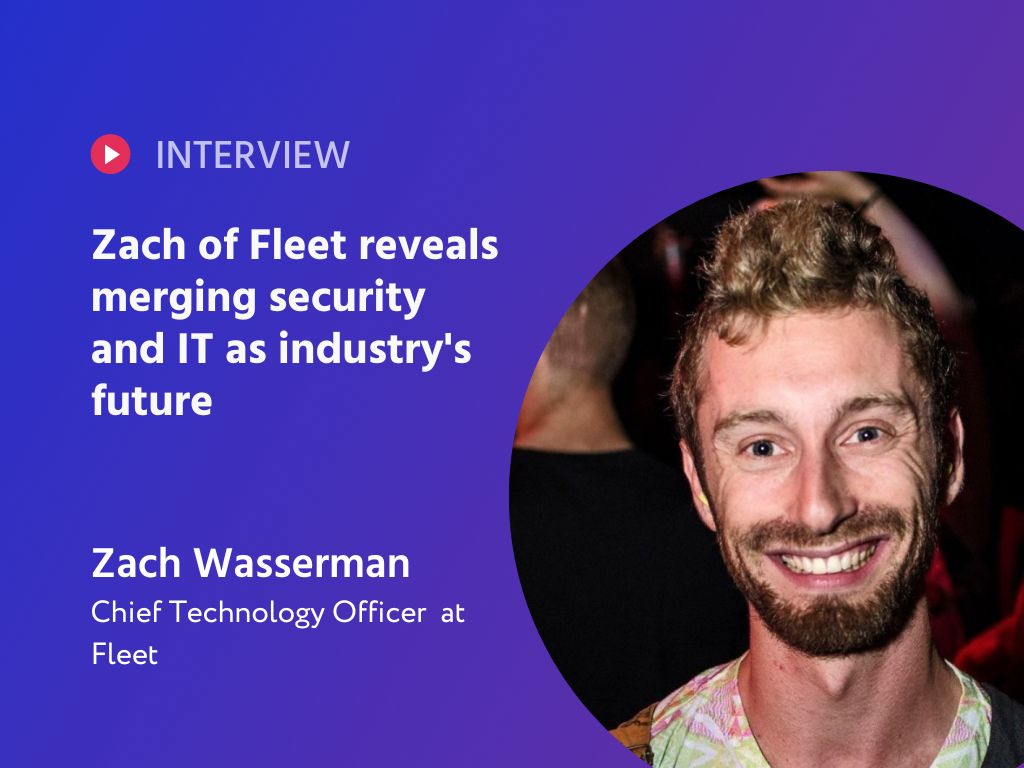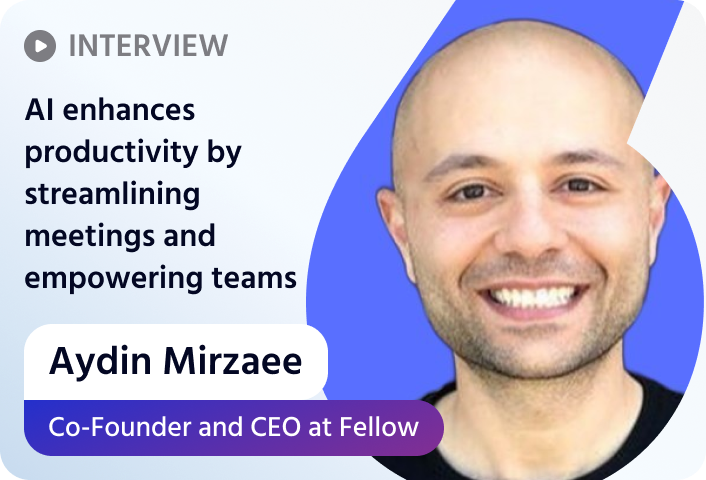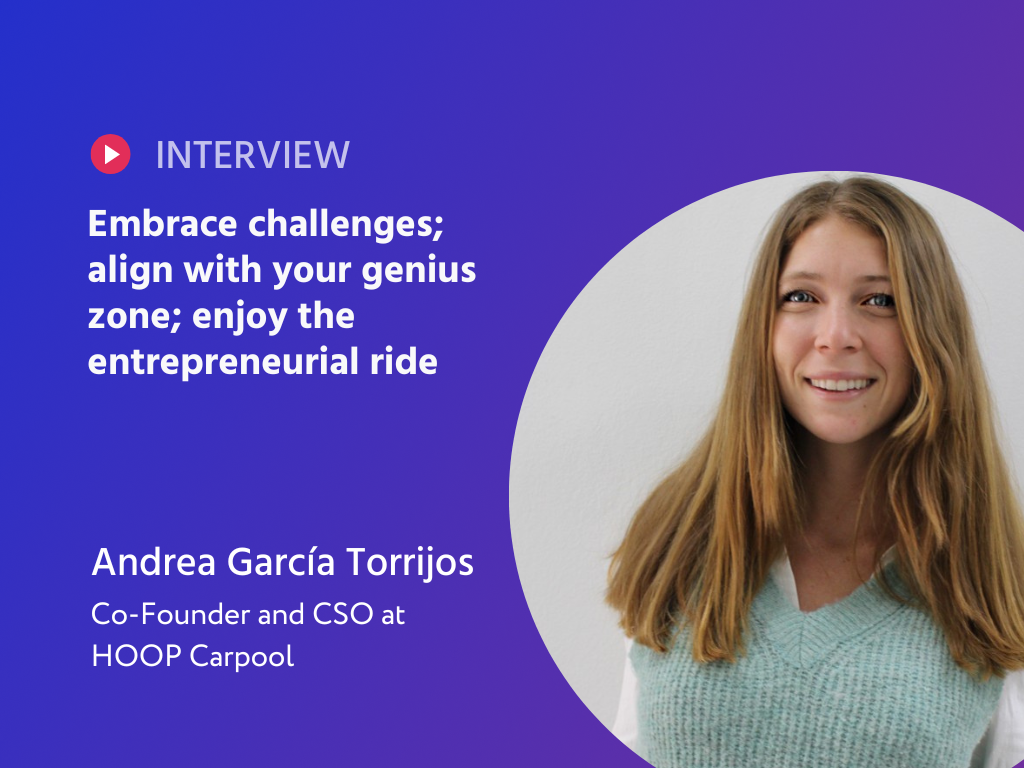In this edition of Bright Founders Talk, we sit down with a visionary leader whose journey bridges the worlds of design, gaming, and AI. Ada Liu, Co-Founder and CEO of Blueberry AI, shares her unique path from art director at NetEase Games to pioneering a cutting-edge solution for digital asset management.
With deep roots in game design and a passion for creativity, Ada has built not one but two successful ventures, including the design consultancy Share Creators. Her current company, Blueberry AI, emerged organically from the challenges faced by remote design teams managing complex 3D assets. What started as an internal tool quickly attracted interest from clients, evolving into a standalone SaaS product.
Ada opens up about the importance of solving real problems, building trust in niche industries, and how word-of-mouth can be more powerful than traditional networking. Despite being an introvert, she’s forged strong relationships across the gaming sector through quality work and client satisfaction. Join us as we explore Ada’s inspiring entrepreneurial story and the innovations driving Blueberry AI forward.
From Artist to AI Builder: How Ada Turned a Studio Headache into a Scalable Solution
Ada didn’t set out to build a tech company—she was just trying to fix a problem. While running her first venture, a design consulting firm called Share Creators, she noticed a frustrating pattern: managing and locating 3D assets was a nightmare. With a remote team of over 100 artists juggling massive design files, their workflow was constantly slowed down by clunky naming conventions and manual file tracking. “We were screenshotting assets and dumping them into Excel sheets,” she recalls, half-laughing. That mess turned into a mission. Blueberry AI was born not out of ambition, but necessity—and now it’s become the go-to solution for game studios needing a sleek, visual way to manage their design assets.
Before her startup journey, Ada was already steeped in the gaming world. As a director at NetEase Games, one of the biggest players in the industry, she led game production in North America and nurtured a deep love for creativity and visual storytelling. Her background in art and design laid the foundation for everything that followed—but she never imagined founding a tech company. “I had no plan to become a founder,” she admits. It was only after seeing the challenges firsthand—and realizing no one else was fixing them—that she stepped into that role. For Ada, the leap into entrepreneurship wasn’t calculated; it was organic, born from solving real problems for real people.
I had no plan to become a founder
And here’s the twist: Ada’s not your typical networking guru. “I’m an introvert—I still get nervous at conferences,” she says. But despite the stage fright, Ada’s built an impressive client network across the gaming industry, all thanks to a simple principle: do great work, and let word of mouth do the rest. She didn’t hustle contacts or chase investors—she quietly delivered exceptional service until clients couldn’t help but spread the word. Now, Blueberry AI is known among China’s mid-sized game studios not because Ada shouted the loudest, but because she solved problems better than anyone else.
Why Blueberry AI Isn’t Just Smart—It’s Smarter for Designers
Ada wasn’t chasing buzzwords when she launched Blueberry AI—she was solving headaches. At its core, Blueberry is a designer’s best friend, a kind of “Dropbox on steroids” for teams buried under mountains of 3D files. And it’s not just for game studios anymore. From car manufacturers to retail brands, everyone’s drowning in digital assets and trying to remember whether that folder was called final_final_v2 or render_revB. “We wanted to make it so even if you can’t remember a file name, you can still find what you need—just by describing it,” Ada says. That’s where their AI search kicks in, turning vague descriptions into actual results. And yes, it’s all built with creators in mind.
But what really sets Blueberry apart isn’t just search—it’s their secret weapon: the Kiwi Engine. This beast of a backend lets users preview heavy-duty 3D file formats like Maya and Max straight from their browser—no downloads, no fuss. That might sound small until you realize these are the formats powering your favorite games and car designs. Oh, and it’s not just about seeing stuff; Blueberry’s smart storage pulls metadata from every file, then feeds it into private AI models that live on each client’s own server. That means you get insights like “What’s our best-performing design this quarter?” or “What color palette is trending next month?”—straight from a bot that actually knows your business.
The wildest part? None of this was part of a grand master plan. Ada and her team just kept building what clients needed—one real-world problem at a time. “We never did something out of thin air,” she explains. “We always listened closely to our clients.” That mindset helped them stay ahead of the AI wave, especially since they already had what most tech companies are scrambling for: mountains of usable data. With a team of industry veterans and a product that’s actually built from the ground up to solve creative teams’ pain points, Blueberry AI isn’t riding a trend—it’s leading one.
We always listened closely to our clients
Gut Feelings and Hard Lessons: Ada’s Rules for Building a Team That Lasts
When you’ve got clients throwing feature requests your way, how do you tell what’s a must-have and what’s a shiny distraction? For Ada, it all comes down to pattern recognition and a little founder’s instinct. “If 9 out of 10 clients are asking for the same thing, it’s obvious,” she says. But it’s not just about numbers—it’s about experience. After years in the trenches, Ada has learned to tell the difference between a real business opportunity and a wishlist item disguised as one. She’s also noticed something interesting: technical founders sometimes miss the mark because they fall in love with the tech, not the problem. That’s where her edge lies—in product intuition and design thinking that keeps the user at the center of every decision.
If 9 out of 10 clients are asking for the same thing, it’s obvious
But intuition can only take you so far if you don’t surround yourself with the right people. One of the biggest mistakes Ada ever made? A bad executive hire. Despite multiple glowing background checks through headhunters, the new sales director never showed up—literally. She wasn’t meeting clients or hitting the ground, and something just felt off. After months of trying to be patient, Ada dug deeper, eventually discovering that the person’s entire work history had been inflated. “They’ll tell you exactly what you want to hear,” she says. That experience taught her a costly but critical lesson: interviews aren’t enough—background checks need to be done thoroughly and directly, especially for senior hires.
When it comes to hiring across the board, Ada keeps things simple: smarts, dedication, and integrity. She believes raw intelligence doesn’t get enough credit—it’s what allows people to learn fast and solve problems creatively. But smarts without drive? Useless. That’s why she looks for people who combine talent with grit. Still, the most underrated trait of all, she says, is character. “Some people are brilliant but will leak your code to a competitor,” she warns. Ada’s philosophy? Hire good people first, then check their skills—not the other way around.
No Balance, No Bullsh*t: Ada’s Unfiltered Take on Startups, AI, and Working Like You Mean It
Ada’s not dreaming small. When asked where Blueberry AI is headed, she doesn’t skip a beat. Sure, they’re focused on their three key industries right now—gaming, industrial design, and retail—but that’s just the beginning. “A designer’s Dropbox shouldn’t be limited to three industries,” she says. The vision is clear: go broad, go global, and manage all types of creative media. She even casually drops that they’ve had acquisition offers already—but the team’s not ready to sell just yet. Ada wants to see how far they can push it. Spoiler: it’s probably pretty far.
When it comes to AI, Ada's excitement is all about depth, not generality. She’s betting big on vertical AI agents—the kind built specifically for industries like gaming or industrial design, not some jack-of-all-trades chatbot. And while generative 3D models have huge potential, she’s blunt about the current limitations. “Right now, the quality isn’t good enough. The poly layouts aren’t right, the animations break—it’s not usable yet.” But she’s confident that once the right datasets become available, this tech will flip entire industries upside down. Imagine generating a fridge model in seconds—with full accuracy and ready for production. That’s the kind of future she’s watching for.
So what’s her advice for aspiring founders? It’s not sugar-coated. “Start early—but not too early. Know the industry first,” she says. She’s proud of paying off $120K to her parents and her San Francisco mortgage before 30, but she’s just as proud of how brutally hard she worked to do it. For Ada, being a founder means giving everything you’ve got, and then some. No 4-hour workweeks. No perfect balance. “If you care, you’ll work harder,” she says flatly. It’s not glamorous, and it’s definitely not easy—but if you're in it for real, you won’t be counting the hours anyway.
Start early—but not too early. Know the industry first




